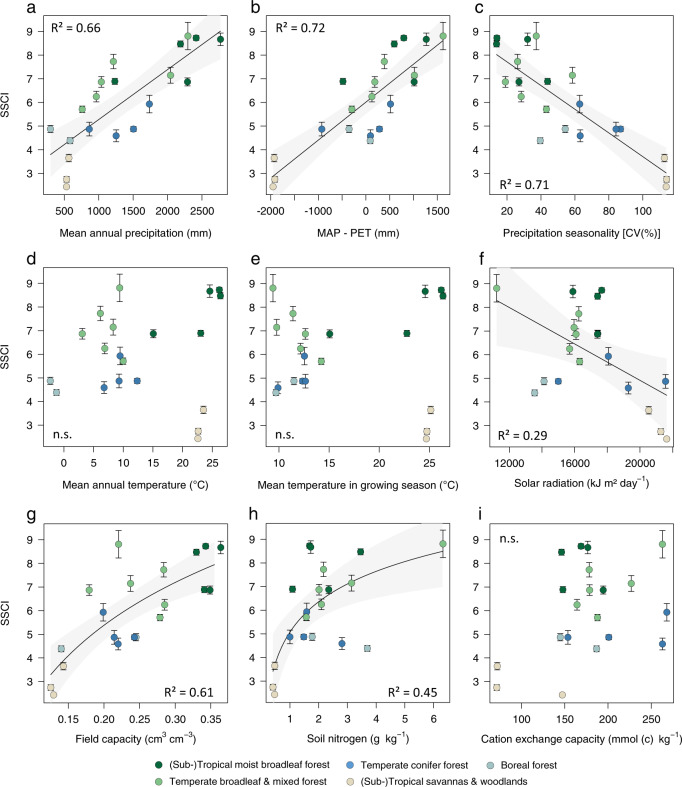Fig. 2. Relationships of forest structural complexity (SSCI) with climatic and edaphic factors.
Linear regression was used to model relationships between primary forest structural complexity, as quantified by the stand structural complexity index (SSCI) and a mean annual precipitation (mm), b water balance (MAP–PET in mm), c precipitation seasonality (coefficient of variation in %), d mean annual temperature (°C), e mean temperature during growing season (°C), f solar radiation (kJ m² ha−1), g soil water holding capacity (field capacity in cm³ cm−3), h soil nitrogen (g kg−1), i cation exchange capacity (mmol (c) kg−1). Data points represent mean SSCI values for each site (n = 20 sites). Error bars indicate the standard error of the mean SSCI per site. Number of plots per site are shown in Table 3. Shaded envelopes represent the 95% confidence interval of the regression lines.

